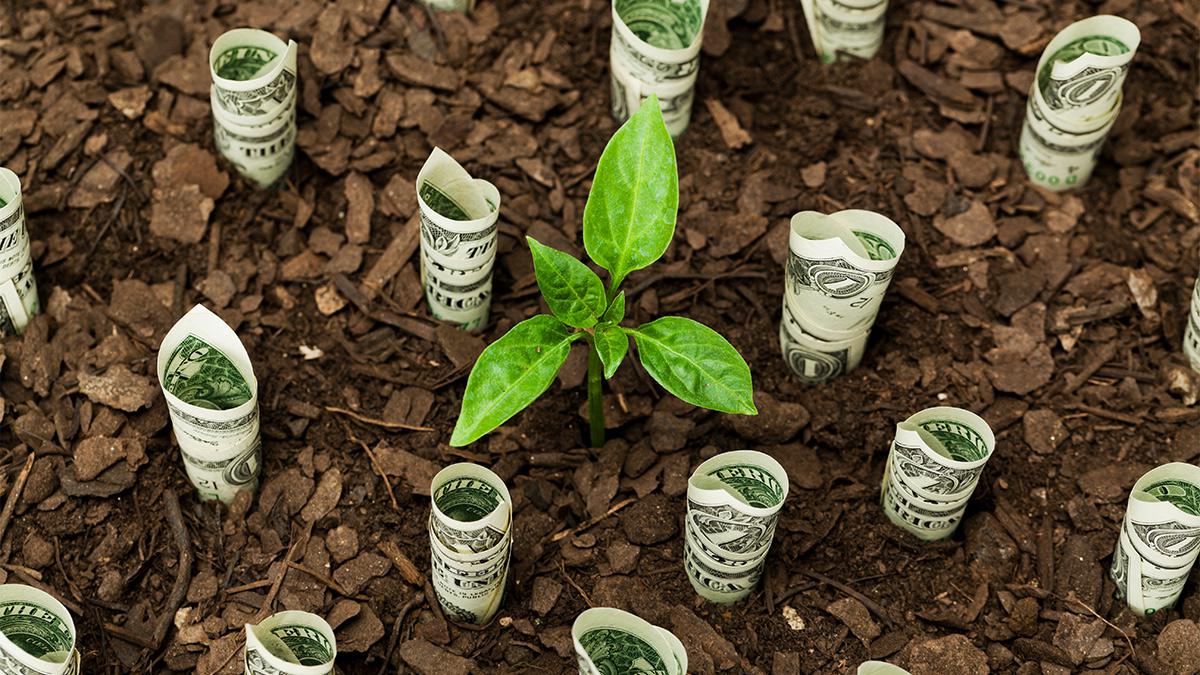
Reaching your first €100,000 is more than just a financial milestone—it's a psychological one. It's the line where saving becomes investing, and where discipline must give way to strategy. The hardest part of wealth-building is not making the first €100,000—it's knowing what to do with it next. For many professionals and entrepreneurs, this is where hesitation kicks in. The money sits, the bank profits, and inflation slowly chips away at purchasing power. But with the right structure, your capital can become your most valuable employee—working for you day and night, compounding in value while you focus on living your life.If you've saved, inherited, or earned your way to €100,000, the next step is clear: put it to work. Here’s how to do it wisely.
€100,000 in the bank can feel like safety. But in reality, it's a shrinking asset if it's not actively invested. With inflation currently running between 3% and 5% in many parts of Europe, your cash could lose 20–30% of its purchasing power over a decade without you even noticing.Money that isn’t working is deteriorating. That’s not security—it’s stagnation.To grow wealth, the mindset must shift from “protecting savings” to deploying capital intelligently.
Many people feel pressure to act quickly once they hit a financial milestone. But acting without a plan is often more dangerous than inaction. Before allocating a single euro, it’s essential to clarify:
Rushing into the markets without understanding these fundamentals is like building a house on sand. You may make short-term gains, but long-term success requires foundation.
While every investor’s situation is different, there are foundational principles that apply to most professionals looking to grow and protect their first €100,000. A well-diversified, goal-oriented allocation might look like this:
This is your growth engine. Invest in diversified global ETFs, index funds, or managed portfolios that balance risk across markets and sectors. Focus on long-term returns, not short-term excitement. Keep costs low and stay invested.
Not every euro should be in the market. A well-funded emergency reserve ensures you won’t be forced to sell investments during a downturn. This should be accessible, but ideally in a high-yield savings or money market account that at least keeps pace with inflation.
This is reserved for market corrections or high-potential opportunities. Having this flexibility allows you to move decisively when a valuable asset becomes underpriced, without disrupting your core strategy.
Diversify your exposure with REITs, precious metals, or other uncorrelated assets. In select cases, a small, educated allocation to digital assets may also be appropriate—if the investor understands the risk and volatility involved.
Capital invested in your own skills, knowledge, or ventures often yields the greatest return. Whether it's launching a side business, taking a professional course, or building something scalable, this is often the most underutilized asset class: yourself.
The secret to long-term wealth isn't just what you invest in—it's how consistently you stay invested. Automate contributions, reinvest dividends, and avoid the temptation to tinker. Review your portfolio quarterly or semi-annually, not daily.The markets reward patience, not impulsiveness. In my experience, investors who stick to a consistent plan outperform those who try to time the market or follow hype cycles.
One of the most common traps after reaching €100,000 is the desire to “upgrade” your lifestyle. A new car. A bigger apartment. More expensive holidays. There’s nothing wrong with enjoying your success—but if lifestyle grows at the same rate as income or capital, wealth stands still.Treat your first €100,000 as the foundation of your financial freedom. Let your investments grow before your spending does. This is how you build real momentum toward independence.
Instead of watching daily market movements, track what matters: your net worth, your passive income, your time to retirement. Build a personal dashboard that reflects your goals, not the market’s noise.Wealth is built quietly, in the background, through structure and time—not through reactionary moves to every headline.
Reaching your first €100,000 is a milestone, but it’s also a test. How you handle this capital will either set you on a path toward long-term wealth—or delay your progress significantly.The worst thing you can do is let it sit. The smartest thing you can do is structure it to work.In my own career—as a banker, an advisor, and an investor—I’ve seen countless portfolios rise and fall. The difference is almost never the market itself. It’s mindset. Discipline. Clarity of purpose.Your capital doesn’t need to be brilliant. It needs to be deployed.So ask yourself honestly: Is your money working for you? Or is it just waiting?It’s time to put it to work—efficiently, intelligently, and with a strategy that lasts.
Every investor has a different starting point. Let’s find yours—and build from there.